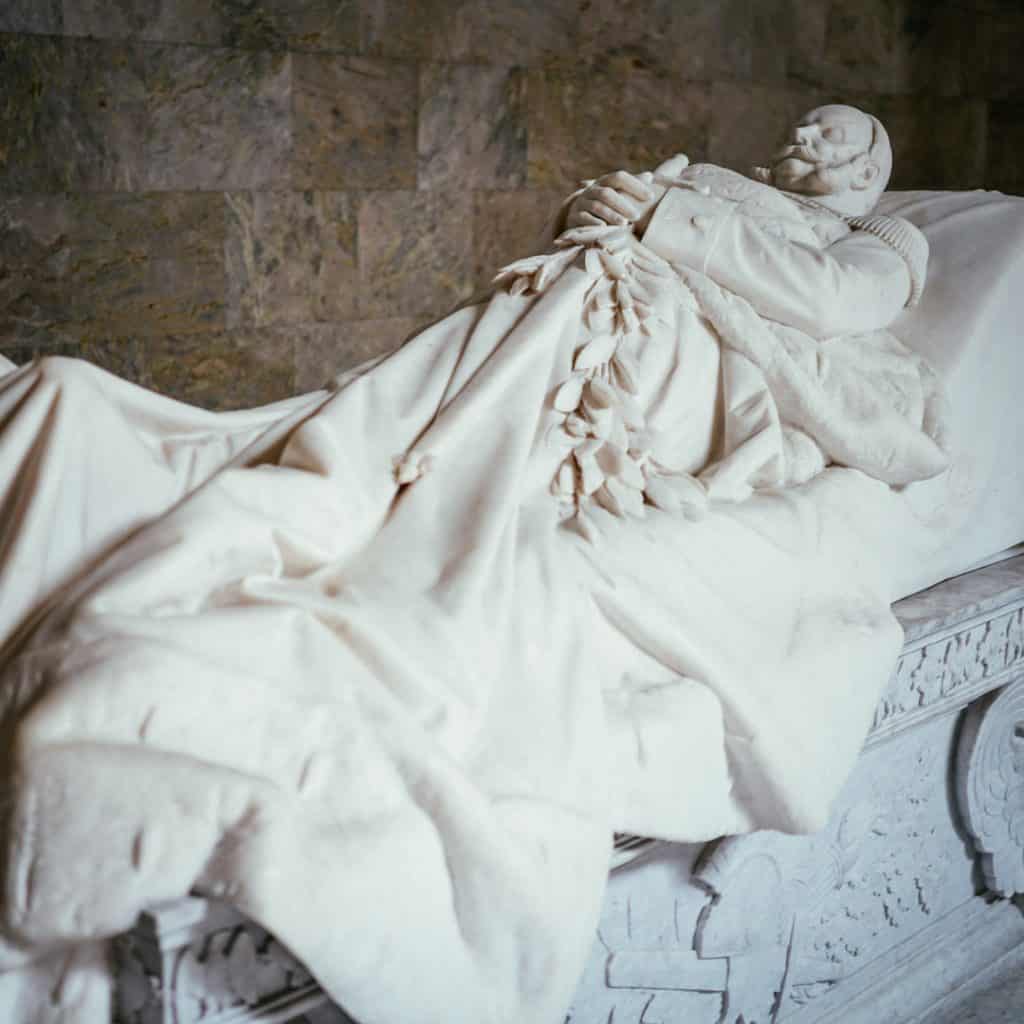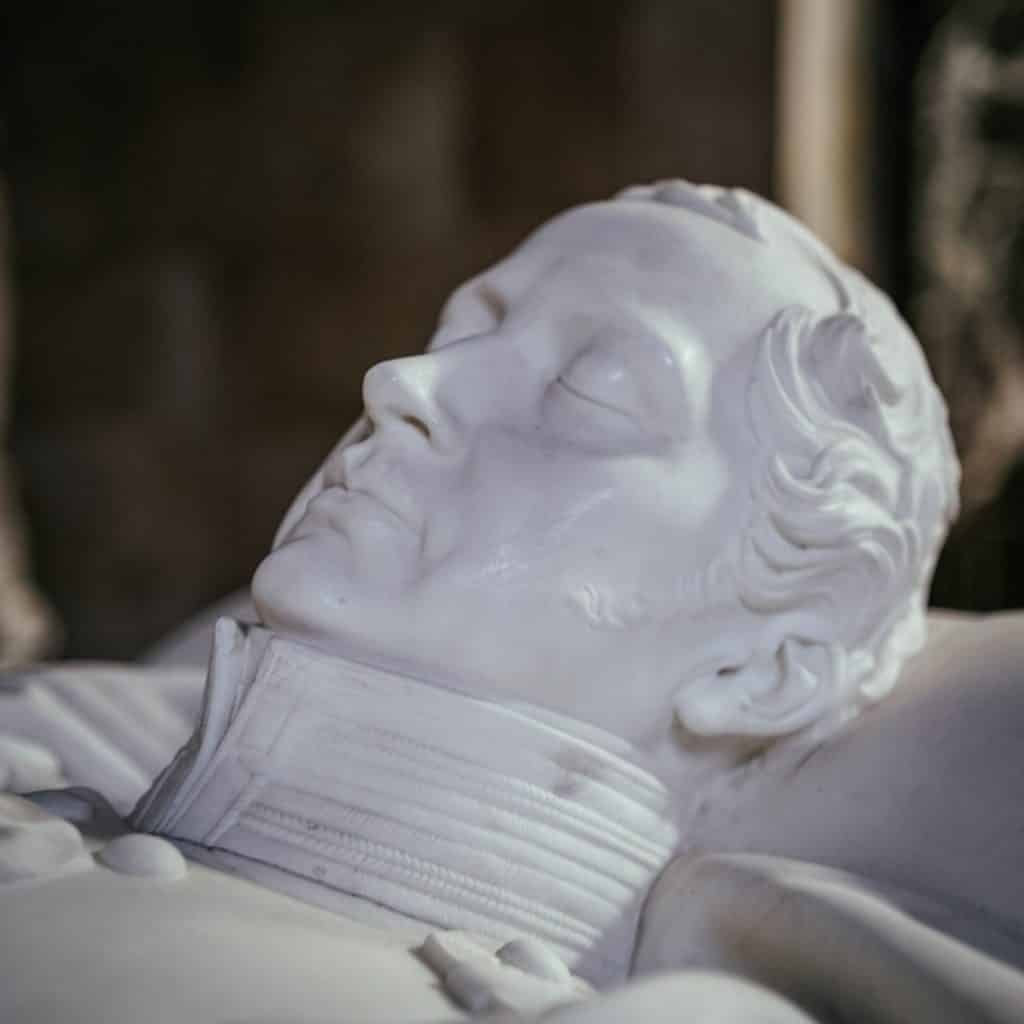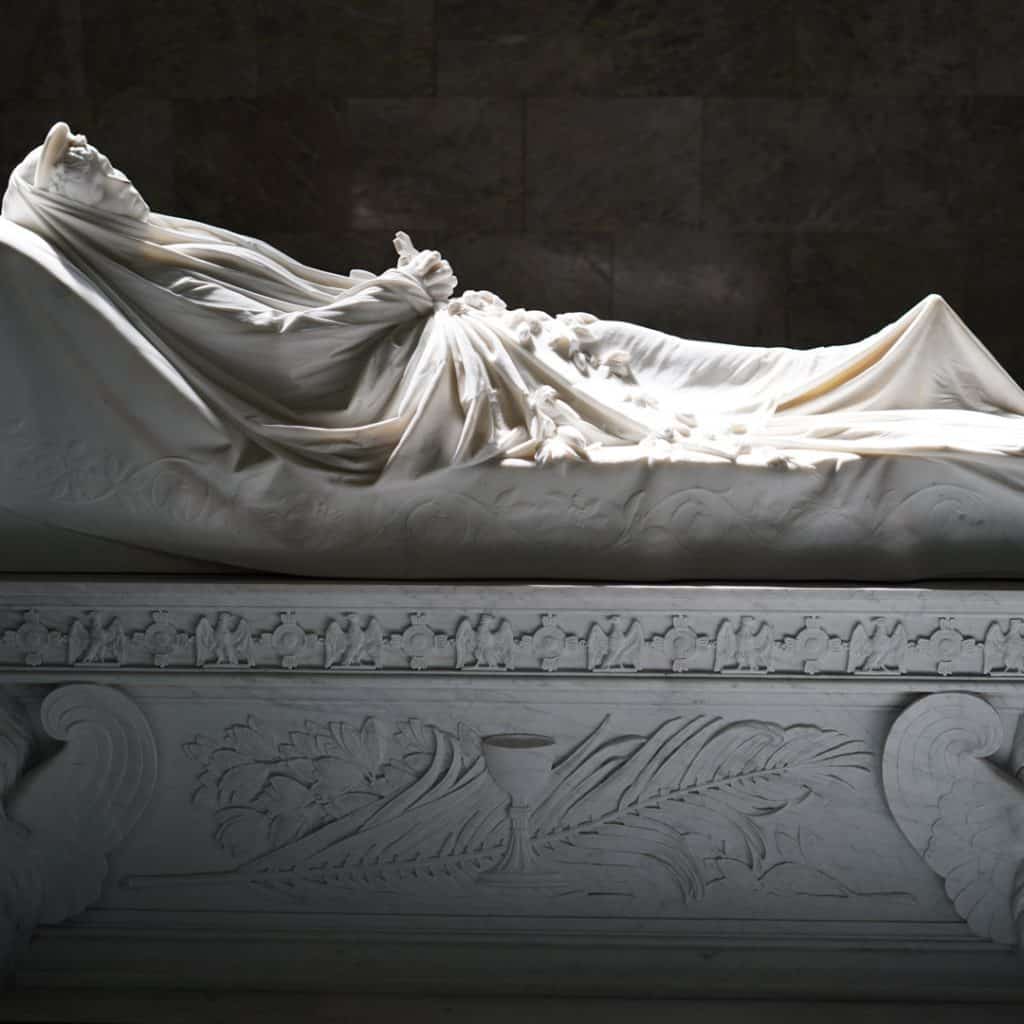


The artist responsible for the original sacrophagi of Queen Luise, Christian Daniel Rausch, initially created a plaster version of the work that was sent to Rome to be made of Carrara marble. On the way back to Berlin, by boat, the vessel carrying the work was hijacked by an American ship, only for the work to be recovered by an English ship and eventually arrive in Berlin - five months late.


Some useful links related to the Brandenburg Gate: